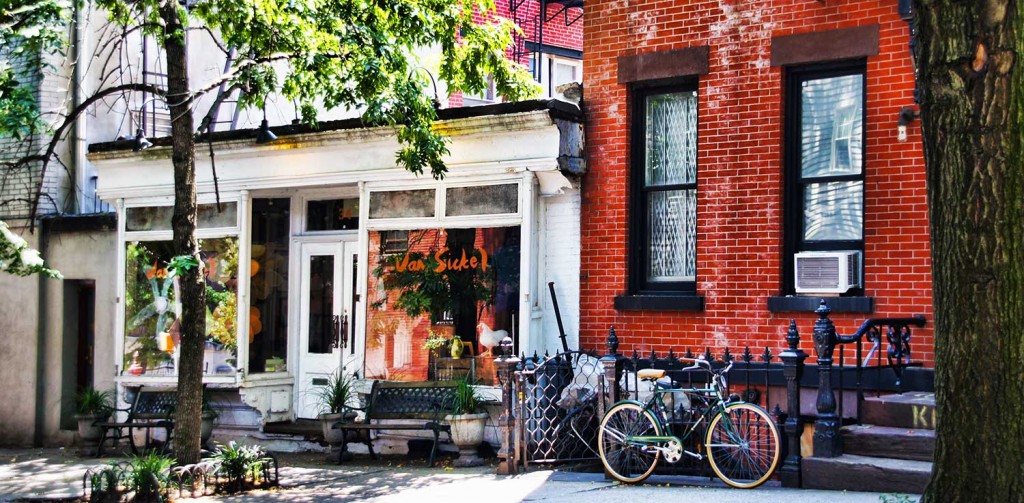The socioeconomic makeup of a neighborhood may have a greater influence on people than previously thought, Associate Scientist and lead author Katherine Karriker-Jaffe suggests.
The study published in Prevention Science showed men who live in affluent neighborhoods held attitudes more favorable to drinking and were more likely to drink heavily and to experience consequences related to alcohol use, such as family problems or getting into fights, than residents of other neighborhoods. Karriker-Jaffe and colleagues also found a similar effect on attitudes favorable to drinking for non-White men living in lower income neighborhoods that also resulted in heavier drinking and more alcohol-related problems. However, results also showed a protective effect for non-White men living in immigrant neighborhoods; they were less favorable to drinking and therefore experienced fewer alcohol-related problems.
“While non-white men who lived in poorer neighborhoods tended to think positively about drinking—similar to men in higher income communities — we found that when neighborhoods had a higher concentration of immigrants, non-White men were less likely to think of drinking as a good thing,” says Karriker-Jaffe. “This difference in attitudes could be due to different cultural norms about when and how much drinking is OK.”
Additional analysis found that non-White women who lived in more affluent neighborhoods experienced less depression than other groups, leading to less heavy drinking and fewer alcohol-related consequences.
“People don’t necessarily realize how our neighborhoods contribute to the stress we experience or how they can help us cope,” Karriker-Jaffe notes. “Our work highlights the need to support people where they live through targeted community initiatives and individual interventions, while continuing to develop policy solutions to improve communities for all residents.”
This study used data from the 2000 and 2005 National Alcohol Surveys and the 2000 Decennial Census, assessing almost 8,000 individuals from across the United States.
Support for this paper was provided by the National Institute on Alcohol Abuse and Alcoholism at the National Institutes of Health (R21AA018175, K. Karriker-Jaffe, PI; P30 AA05595 T. Greenfield, PI; and T32AA007240, S. Zemore and L. Kaskutas, M-PI).
Karriker-Jaffe, K, Liu, HG, Kaplan, LM. (2016). Understanding associations between neighborhood socioeconomic status and negative consequences of drinking: A moderated mediation analysis. Prevention Science.
The content is solely the responsibility of the authors and does not necessarily represent the official views of the National Institutes of Health.






